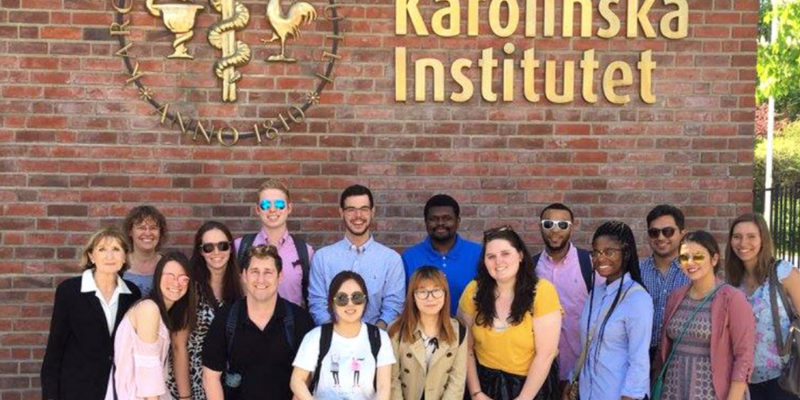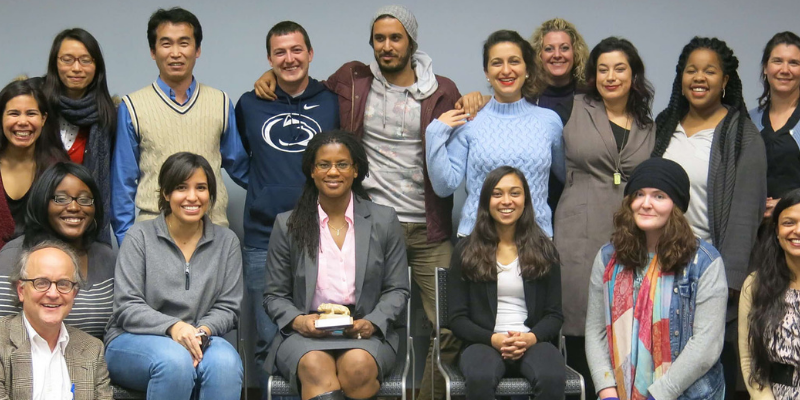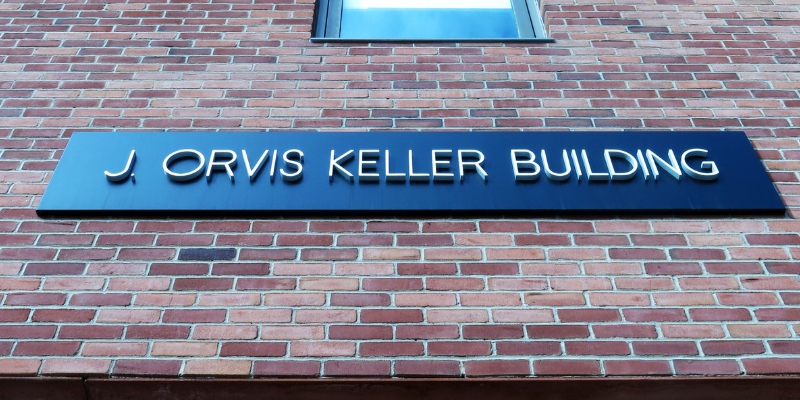










For law students with strong interests in human resources and employment relations, Penn State Law and the School of Labor Employment Relations in the College of the Liberal Arts combine to offer law students an opportunity to earn both a J.D. and an M.S. in Human Resources and Employment Relations (HRER) on an expedited basis.
The joint degree program prepares students for careers in labor and employment law, human resource management, and labor relations.
Normally, it would take a student five years to earn both degrees, but the joint program authorizes double-counting of credits that reduces that to four years. By earning both degrees according to an integrated course schedule, students can enrich their education and enhance their career prospects. Holders of the joint degrees give a strong demonstration to prospective employers of their commitment to the employment and labor fields.
Applicants to the joint J.D./M.S. in HRER degree program must have an outstanding academic record and in addition:
Interested applicants complete a normal graduate school application for admission to the joint program. However, because applicants must have been admitted to the Law School, there is no need for them to complete the Graduate Record Exam (GRE) or Graduate Management Admission Test (GMAT).
LABOR 962 THE EMPLOYMENT RELATIONSHIP (3) Covers common law employment doctrines (at-will employment, contract and tort erosions of at-will employment, employee duties, including the duty of loyalty and trade secrets), noncompetition agreements, and employee rights in inventions, and workplace injuries (including workers compensation, OSHA, and criminal and tort approaches to promoting a safe workplace).
LABOR 964 EMPLOYMENT DISCRIMINATION (3) Provides an overview of significant doctrinal issues in employment discrimination law, and will seek to develop students’ skills through a rigorous examination of statutory law, regulations and court decisions. It will introduce students to the fundamental legal theories underlying the substantive coverage of the most significant federal equal employment opportunity laws, and legal issues regarding their application.
LABOR 965 WORKERS’ COMPENSATION LAW (3) Explores the history and development of, public policy considerations for, and state and federal systems for delivery of medical and wage benefits to injured workers.
LABOR 966 THE LAW OF EMPLOYEE BENEFITS (3) Covers health care reform, the shift from defined benefit to defined contribution programs, and the effect of stock market volatility on benefit programs.
LABOR 970 LABOR LAW (3) Extended study of the federal National Labor Relations Act focusing on the right to form and join labor organizations, strikes, boycotts and picketing, collective bargaining, and the enforcement of collective bargaining agreements.
All students in the program will have two advisers, one from Penn State Law and one from the School of Labor and Employment Relations. Periodic interaction between the two advisers is encouraged. A program of study will be developed for each student, taking into account the fact that some courses at both locations are offered on a rotating or intermittent basis.